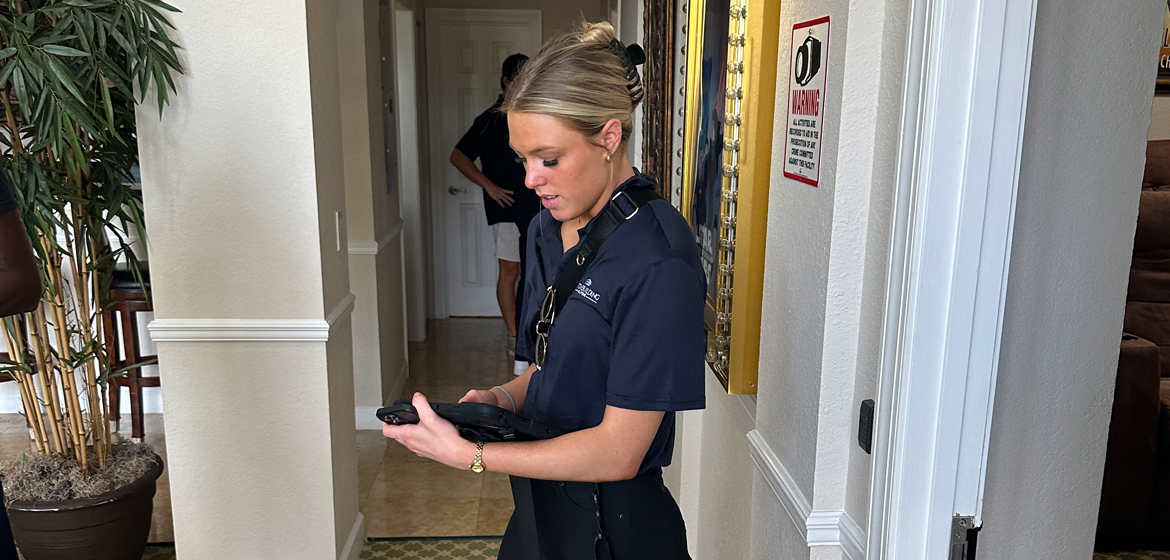What Are The Commissioning Stages In Construction?

Commissioning is a vital process in the construction industry that ensures a building’s systems and components are installed, tested, and operated to perform as intended. It’s the bridge between construction and operation, aiming to deliver a facility that operates efficiently and safely and meets the owner’s requirements. In this article, we will delve into the various stages of commissioning in construction, emphasizing its importance in achieving high-performance buildings and systems.
Pre-design Phase
The commissioning process begins in the pre-design phase, where project objectives and requirements are defined. During this stage, the building owner collaborates with the design team to establish the project’s goals, expectations, and performance criteria. This includes setting energy efficiency targets, indoor air quality standards, and other specific requirements.
Key stakeholders, including architects, engineers, and contractors, work together to ensure that the design aligns with the owner’s vision and meets industry standards and codes. Establishing clear communication and a shared understanding of project goals is essential to a successful commissioning process.
Design Phase
In the design phase, the commissioning team plays a crucial role in reviewing and analyzing the project’s design documents. This includes architectural plans, engineering drawings, equipment specifications, and other relevant documentation. The goal is to identify potential issues, conflicts, or inefficiencies in the design that could impact the building’s performance.
The commissioning team provides feedback to the design professionals, offering recommendations and suggestions to optimize the design for efficiency, maintainability, and compliance with the owner’s requirements. Collaborative problem-solving at this stage can prevent costly changes and delays during construction.
Construction Phase
During the construction phase, the commissioning process intensifies. The commissioning team works closely with contractors to ensure that equipment, systems, and components are installed correctly and according to the design specifications. This includes verifying that all systems are properly calibrated, commissioned, and tested.
Regular site visits and inspections are conducted to monitor progress and address any issues that may arise. The commissioning team also helps coordinate the testing of systems, such as HVAC, electrical, and plumbing, to confirm that they meet performance standards and safety requirements.
Post-construction Phase
After construction is completed, the commissioning process transitions into the post-construction phase. This stage involves a series of comprehensive tests, inspections, and functional performance tests to validate that all building systems operate as intended. It also includes fine-tuning and adjustments to optimize system performance.
Documentation is a critical aspect of the post-construction phase. The commissioning team compiles a comprehensive report detailing the commissioning process, including test results, system documentation, and recommendations for ongoing maintenance. This report serves as a valuable resource for building operators and facilities management.
Occupancy and Ongoing Commissioning
Once the building is occupied, the commissioning process continues with ongoing commissioning (also known as recommissioning). This phase involves regularly monitoring and optimizing building systems to maintain optimal performance and energy efficiency. It includes preventive maintenance, periodic testing, and adjustments to address wear and tear, changes in building use, or new technologies.
Ongoing commissioning ensures that the building continues to operate efficiently over its lifecycle. It helps identify and address performance issues promptly, saving on operational costs and extending the life of building systems.
In conclusion, the commissioning process in construction is a comprehensive approach to ensuring that buildings and systems operate efficiently, safely, and in accordance with the owner’s requirements. It involves stages from pre-design to ongoing commissioning, with a focus on collaboration, testing, documentation, and optimization.
If you’re embarking on a construction project, consider the importance of commissioning and engage with experienced commissioning professionals who can help you achieve a high-performance building that meets your objectives and expectations.
